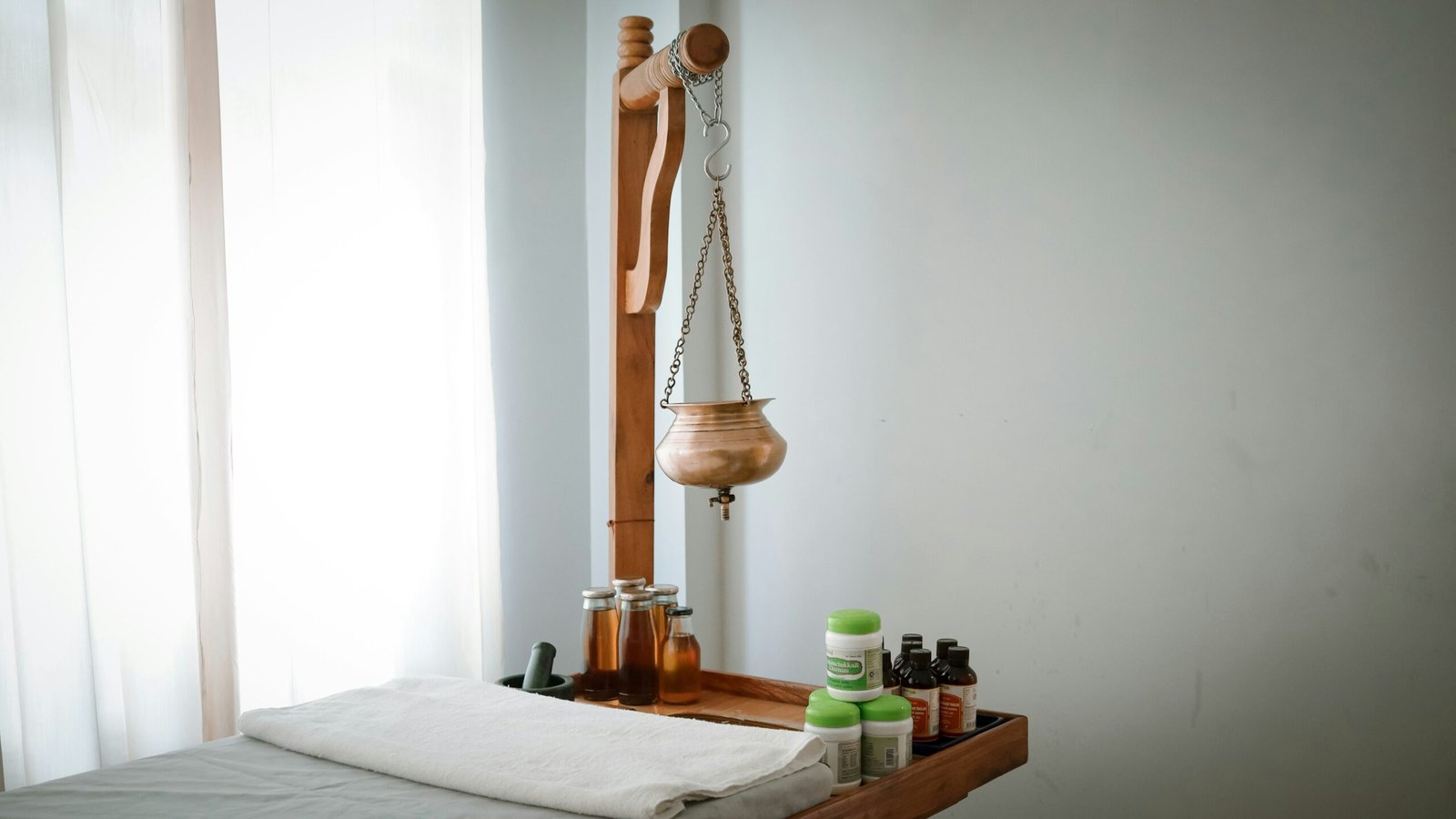Understanding Anxiety and its Impact
Anxiety is a common mental health condition characterized by persistent feelings of worry, fear, or apprehension. It can manifest in various forms, ranging from general anxiety disorder to specific phobias, panic disorder, and social anxiety. Each type presents unique symptoms, including rapid heartbeat, excessive sweating, difficulty concentrating, and sleep disturbances. These symptoms can profoundly affect daily life, making routine tasks challenging and impacting one’s overall quality of life.
The causes of anxiety are multifaceted, often involving a combination of genetic, environmental, and psychological factors. Individuals may develop anxiety due to stressful life events, such as the loss of a loved one, job changes, or significant transitions. Moreover, a history of trauma or ongoing stress can contribute to the development of anxiety disorders, indicating that effective management strategies are essential for those affected.
Statistics indicate that anxiety disorders are among the most prevalent mental health issues globally. According to the World Health Organization (WHO), approximately 264 million people worldwide suffer from depression, with a significant overlap existing between depression and anxiety disorders. In the United States alone, nearly 40 million adults experience anxiety each year, demonstrating the urgent need for awareness and effective treatment options.
Furthermore, the societal stigma surrounding mental health has often led individuals to suffer in silence, creating barriers to seeking help. Greater awareness about the nature of anxiety, its impact, and its symptoms can enhance understanding among individuals, families, and communities. This knowledge is crucial for promoting mental health initiatives and the development of effective strategies for managing anxiety, leading to improved well-being for those affected.
The Science Behind Yoga and Mental Health
Recent research has increasingly focused on the interplay between yoga practices and mental health, particularly in the context of anxiety management. Scientific studies have demonstrated that yoga contributes significantly to reducing anxiety levels through various mechanisms affecting the brain and the nervous system. Three primary components of yoga—breath control, meditation, and physical postures—play crucial roles in this process.
Breath control, or pranayama, is a vital aspect of yoga that focuses on regulating breath patterns. Studies reveal that controlled breathing can decrease sympathetic nervous system activity, which is responsible for the body’s stress response. This activation is crucial for alleviating feelings of anxiety. By promoting a state of relaxation, breath control has been shown to lower levels of cortisol, the primary stress hormone, further supporting emotional stability.
Meditation, another essential component of yoga, has also gained attention for its mental health benefits. Research indicates that mindfulness meditation involves focusing attention and eliminating the stream of thoughts that may be overwhelming. This practice helps in restructuring brain pathways associated with emotional regulation, enabling individuals to respond more adaptively to stressors. Neuroimaging studies show changes in brain regions linked to anxiety, such as increased connectivity in the prefrontal cortex, which is associated with higher-order cognitive functions, including self-regulation.
Additionally, the physical postures practiced in yoga enhance overall physical health, contributing to improved mental well-being. Engaging in movement promotes the release of endorphins—chemicals in the brain that act as natural painkillers and mood elevators. The regular practice of yoga not only fosters greater body awareness but also encourages a sense of calm and reduced anxiety through its holistic approach. Evidence-based findings consistently support the notion that integrating yoga into the daily routine can serve as an effective strategy for managing anxiety and enhancing emotional resilience.
Yoga Practices for Anxiety Relief
Yoga offers a holistic approach to managing anxiety through a combination of physical postures, focused breathing, and mindfulness practices. Engaging in specific yoga poses can significantly enhance your mental well-being while providing relaxation and stress relief. Some particularly effective poses include Child’s Pose (Balasana), which promotes deep relaxation and grounding, and Legs-Up-the-Wall Pose (Viparita Karani), which helps to calm the nervous system and reduce overall tension. These poses, when performed mindfully, can foster a sense of tranquility and help ease anxiety symptoms.
In addition to asanas, pranayama, or breathing exercises, play a crucial role in calming the mind. Techniques such as Diaphragmatic Breathing and Nadi Shodhana (Alternate Nostril Breathing) can facilitate stress reduction. Diaphragmatic Breathing involves taking deep breaths that engage the diaphragm, fostering a state of calm and reducing feelings of anxiousness. Nadi Shodhana helps balance the right and left hemispheres of the brain, promoting emotional stability and enhanced focus.
Another integral component of yoga for anxiety management is meditation. Mindfulness meditation encourages individuals to observe their thoughts without judgment, creating a barrier against anxious spirals. Spending just a few minutes each day in meditation can significantly improve one’s emotional and mental clarity.
For those looking to incorporate yoga into their daily routine, starting with short sessions can be beneficial. Aim for 10-15 minutes each morning or evening, focusing on a few select poses and breathing exercises. Online platforms and local classes can also provide guidance and community support, making yoga more accessible for beginners. By establishing a consistent practice, individuals can gradually build resilience against anxiety, enhancing both mental and physical health over time.
Real-Life Success Stories and Tips for Starting Your Yoga Journey
Many individuals have experienced significant improvements in their mental health by incorporating yoga into their daily routines. For instance, Sarah, a 32-year-old marketing executive, found that attending weekly yoga classes helped her manage her anxiety symptoms. She began noticing a marked difference in her stress levels and overall mood after just a few sessions. Sarah’s journey emphasizes how regular practice can enhance emotional well-being, enabling individuals to navigate their daily lives with a more balanced mindset.
Similarly, Mark, a college student dealing with performance anxiety, turned to yoga as a coping mechanism. Initially skeptical, he started practicing in the comfort of his dorm room. After consistently attending virtual classes and exploring various styles, he discovered tremendous relief from his anxiety. Mark’s experience illustrates that the accessibility of yoga allows people to engage with their practice environments that feel safe, ultimately promoting better mental health.
For those looking to embark on their yoga journey, several actionable tips can facilitate a smooth transition into this transformative practice. First, consider setting a regular schedule. Consistency is key in reaping the benefits of yoga, as it helps strengthen both mind and body over time. Aim for a few sessions each week, even if they are only 10 to 15 minutes long.
Another important tip is to explore different styles of yoga to find what resonates with you. Hatha, Vinyasa, or Yin yoga each offer unique approaches, and discovering the one that suits your preferences can enhance your commitment. Additionally, seeking a supportive community, whether through local studios or online platforms, can provide motivation and a sense of belonging. Sharing experiences with fellow practitioners allows for encouragement and guidance along the way.
In conclusion, personal success stories highlight the transformative power of yoga in managing anxiety, and with the right guidance and commitment, anyone can initiate their yoga journey toward improved mental well-being.


